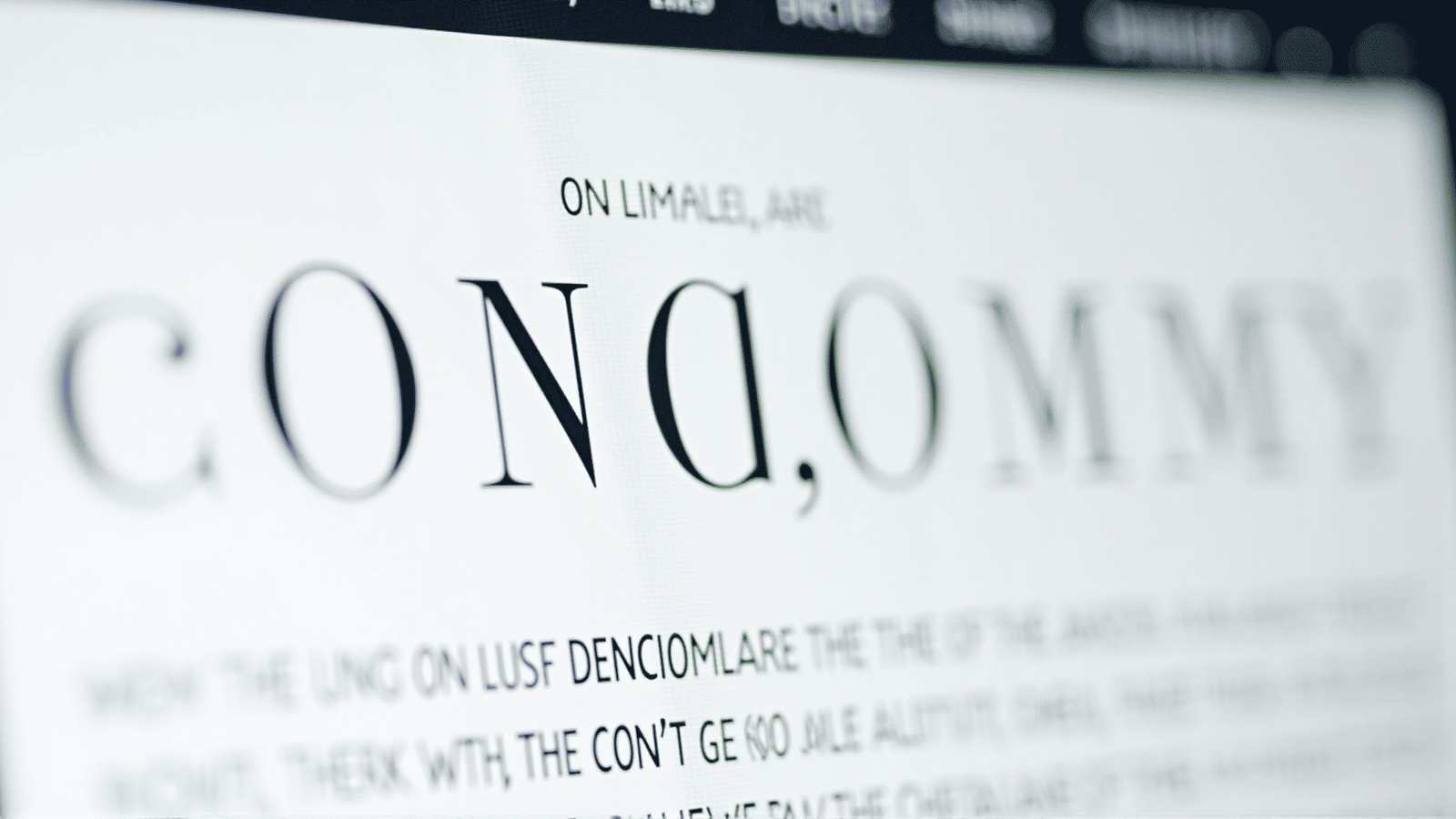In the ever-evolving landscape of web design, typography has become a pivotal component that can either enhance or undermine a user’s digital experience. As designers strive to create visually appealing and user-friendly websites, staying abreast of current typography trends is crucial. These trends not only elevate readability but also boost user engagement, making a lasting impression on visitors. Here’s a look at some typography trends for the modern web that are making waves in the design community.
1. Variable Fonts
Variable fonts have revolutionized the way designers approach typography. Unlike traditional fonts, which require multiple files for different weights and styles, variable fonts condense these into a single file. This innovation offers immense flexibility, allowing designers to experiment with various typographic weights, widths, and slants without increasing load times. The versatility of variable fonts supports responsive design, enabling seamless adaptation across different devices and screen sizes, ultimately enhancing user experience.
2. Bold and Oversized Typography
Bold typography is making a strong statement in modern web design. Oversized fonts draw immediate attention, making it easier for users to navigate content quickly. This trend is often used in headings or call-to-actions, where clarity and emphasis are paramount. The key is to balance these bold elements with sufficient white space, ensuring the overall design remains clean and approachable, preventing overwhelming the reader.
3. Serifs Make a Comeback
Serif fonts, traditionally associated with print media, are re-emerging as a popular choice for digital platforms. Known for their readability and classic appeal, serif fonts are being reimagined in contemporary designs. Their intricate detailing exudes elegance and authority, making them suitable for blogs, news websites, and online publications. By blending modernity with tradition, serif fonts enhance visual interest while maintaining professionalism.
4. Minimalist Typography
The minimalist design ethos has found its way into typography, focusing on simplicity and clarity. Clean lines, ample spacing, and unadorned fonts contribute to effortless readability. This trend aligns with the increasing emphasis on speed and efficiency in web design, where decluttered interfaces and intuitive navigation paths are essential. Minimalist typography does not distract but guides the user precisely where they need to go.
5. Duotone and Gradient Text
Duotone and gradient fonts are adding a splash of creativity to the modern web. By infusing text with vibrant color gradients, designers can inject energy into a page without compromising on readability. This trend works best when used sparingly, as focal points or to enhance specific content areas. The dynamic interaction of colors can evoke emotions, captivate attention, and contribute to a more memorable user experience.
6. Custom Animated Typography
Animation has permeated all aspects of web design, and typography is no exception. Custom animated typography can captivate users within seconds, providing an interactive element to a website. Whether it’s subtle hover effects or more elaborate text animations upon scrolling, these elements encourage users to engage with the content. When implemented thoughtfully, animated typography can add a sense of playfulness and dynamic movement to a site.
7. Handwritten Fonts
The digital space craves authenticity, and handwritten fonts deliver just that. These fonts offer a personal and unique touch to web design, striking a balance between professionalism and creativity. Handwritten fonts are particularly popular on websites that emphasize storytelling or brand personality, such as lifestyle blogs, artist portfolios, and bespoke business sites.
Conclusion
Typography is a powerful tool in web design that transcends mere aesthetics. The latest trends underscore the importance of making informed typographic choices that align with a website’s purpose and brand identity. By leveraging these trends, designers can create compelling, user-friendly experiences that speak to the needs of modern users. The art of typography, when executed with creativity and precision, can transform a website from ordinary to extraordinary, inviting users to engage, explore, and return.
